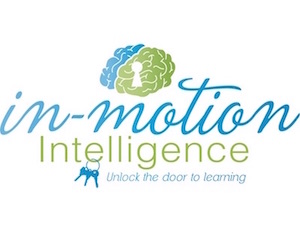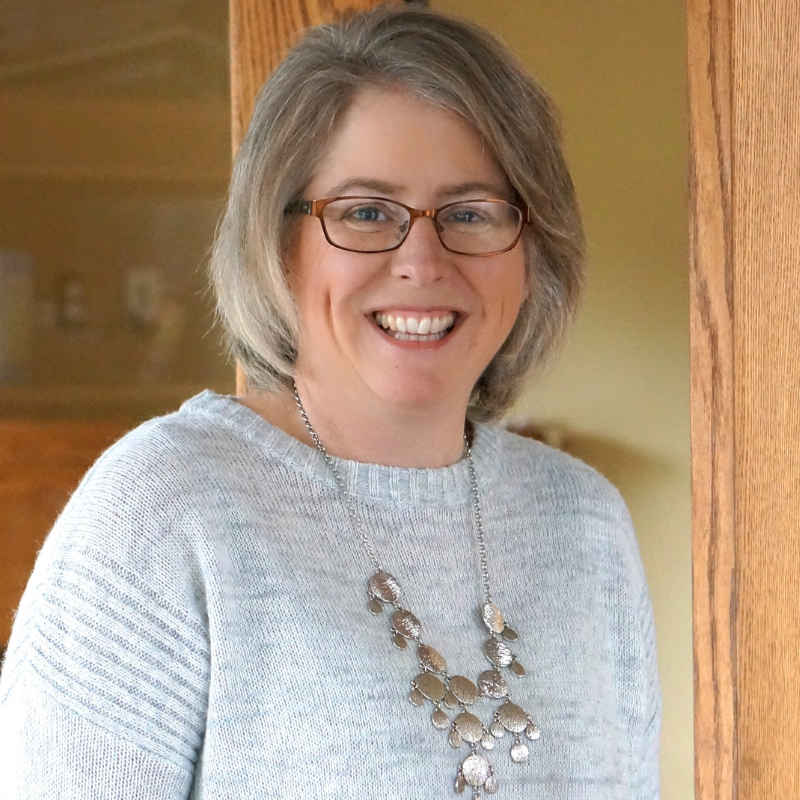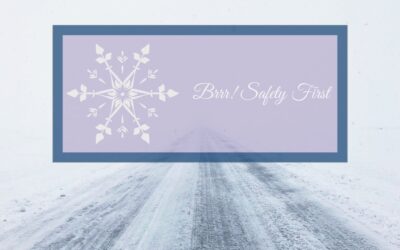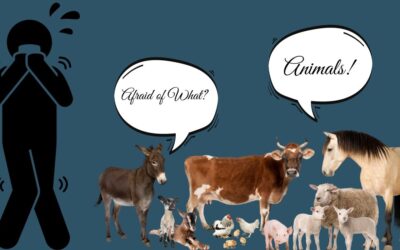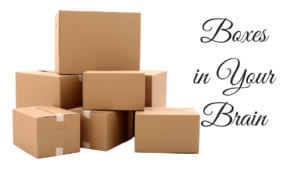
Boxes. Consider your brain as a storage unit filled with boxes. If you dig through the boxes, what will you find?
My brain is filled with boxes about brain-based therapies to support reaching one’s full potential. A number of boxes overflow with alternative methods of education. Inside that area is a tower of Montessori boxes. There are boxes for homeschooling, business ownership and 4H. One dusty old box is labeled, “German.” Of course there are spiritual boxes and family ones, too—maybe even a box of “skeletons”!
Montessori Boxes
Some boxes nestle inside other boxes. When I teach Montessori Literacy Foundations, I pull from Montessori theory, ten years owning a school for 3-6 year olds, and working in Montessori schools as childcare teacher, intergenerational programmer, and float educator for birth through 8th grade. In my varied experiences, I’ve come to realize that pretty boxes secured with a bow do not exist in our human world. What works for one child, or in one community, or during one season may not translate well outside of that single moment.
It is necessary to balance accessibility to our boxes with a willingness to look outside the box. For me, this fall is about building and filling a new box with language adaptations and modifications for different audiences. In my Literacy Foundations course, one student plans to open a Montessori school in Russia. She is exploring how to share this work in a different language and culture. What is culturally universal and what has to be modified? Another student is working at a school for children who are deaf. How do we teach sound consciousness and sandpaper letters? Does writing precede reading in this environment or will reading precede writing? What gets modified and why? How? Is there action based research available? Or is it up to this student to ask questions and seek answers from her young students?
My brain is buzzing. A new box is nestling its way inside the existing language box that resides in the Montessori area of my brain. I feel alive with possibilities and eager to act as Dr. Montessori—a scientist, who hypothesized, conducted experiments, reflected, adapted, and repeated the process over and over in a search for what was most developmentally appropriate for a target audience. I am reassured by my belief that we simply move forward from the present level of understanding. If something doesn’t work, adjust and modify.
Boxes about reflexes
As I reflect on how to adapt language, other boxes in my brain begin to rattle. The deaf child who W-sits: What reflexes may be stuck for her? Is that unique to her or is it a pattern with this population? The children who are profoundly deaf and still make rhythmic vocal sounds—what basic needs are being fulfilled with the humming/vocalizing? When someone comes up behind a person who cannot hear, does it trigger a Startle, Moro, and/or Fear Paralysis Reflex? Does a deaf person feel safe in the center of a room or on the perimeter?
Adding more boxes
Suddenly the concept of boxes and storage units seems too small. The urge to know more is overpowering. Questions abound. As I tell my students: Wonder. Be curious. Search for patterns.
May you be a lifelong learner and constantly add to your box collection!
